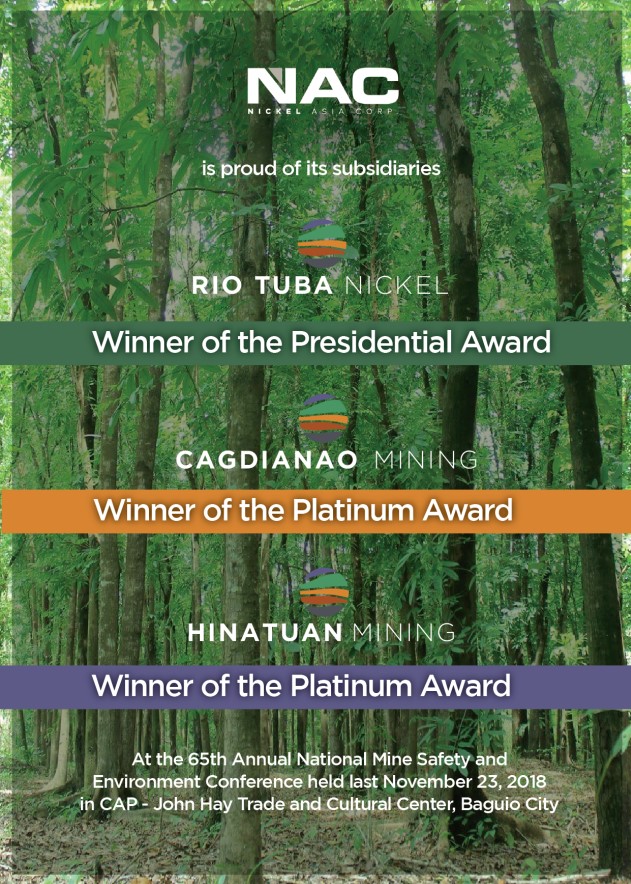How we tell our past

By Virginia Jasmin Pasalo
A MUSEUM embodies the soul of a people. In order to fully comprehend the identity of a people, a museum depends on two important components. Firstly, the people who curate, gather, preserve, interpret and tell the stories. Secondly, the depth, the breath and the quality of the collection itself.
A museum must reflect the struggles, the triumphs, the dark corners of the human spirit in a particular culture. It is where we shake familiar narratives and share not only the greatness and achievements of a well-known few, but the collective stories that reflect the characteristic spirit and evolution of a people, their beliefs and aspirations, so that, they can grow and move forward together, defining not only their identity but also illuminating a direction. A museum then, naturally leads towards a dynamic conversation not only to understand the history of a people, celebrate their triumphs, bind their wounds, but most importantly, reflect a dream, together.
The name of the museum is as important, and must capture the historical significance of its past. The National Museum of African American History & Culture at the Smithsonian Institution, reflects exactly what the museum is all about, the ethos of the African Americans and their specific contribution to the American nation.
So what does the name Banaan Museum signify? Arabela Arcinue, Commissioner of the Pangasinan Historical and Cultural Commission (PHCC) expressed discomfort intimating that “banaan connotes a meeting place for lovers with illicit relationships.” She hopes to convince Governor Guico to consider a change of the name and enjoins others to suggest an appropriate one. This desire was also expressed by Commissioner Elvira Estravo and Santiago Villafania who expounded on the ramifications of the term:
“Banaan, a derivative of Dagupan, known for its commerce and trade, evokes thoughts of people gathering and multiple social interactions. However, while this connection to social gatherings could be seen as a positive aspect of the name, it also carries potential negative connotations that may not align with the professional and clear image a museum should convey. Museums serve specific purposes and have particular themes or focuses, making the name of a museum critical in reflecting its identity. Using a word like ‘Banaan,’ commonly associated with social interactions, can be inappropriate for a museum as it can evoke thoughts of trysts, rendezvous, meetings, escapades, liaisons, hangouts, hookups, and soirées. A well-chosen name can effectively communicate the museum’s vision and values, while a poorly chosen name can have the opposite effect. Hence, it is crucial to carefully consider the name of a museum and ensure it accurately reflects its essence. The name should be appropriate and memorable, conveying the museum’s purpose and theme professionally and clearly to visitors.”
To those who put their minds and hearts to the restoration of Casa Real and repurposed it to a museum, it is more than a meeting place. It contains narratives of Pangasinan history and culture, and makes these narratives integral to the fiber of Philippine history. It contains not only the collection of artifacts, but a collection of memories of how we were, what we have become and what we want to be.
The museum is more than the history of Casa Real, or a Banaan, it is home to the Pangasinan soul. The walls speak its truth, the spaces contain its essence, and the wide windows give expression to the freedom and openness it desires.






